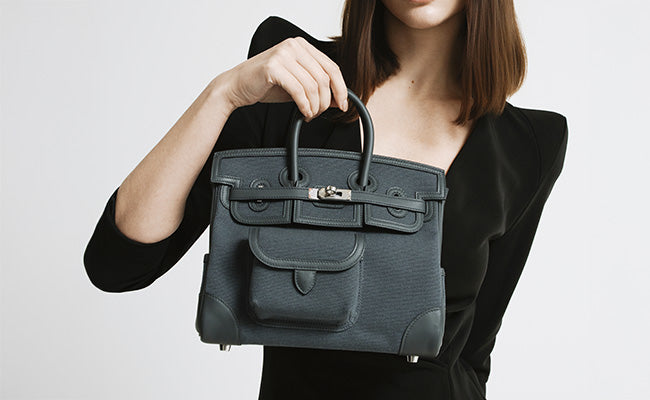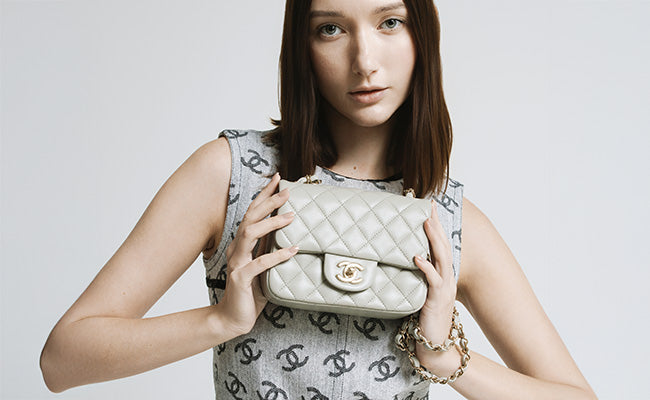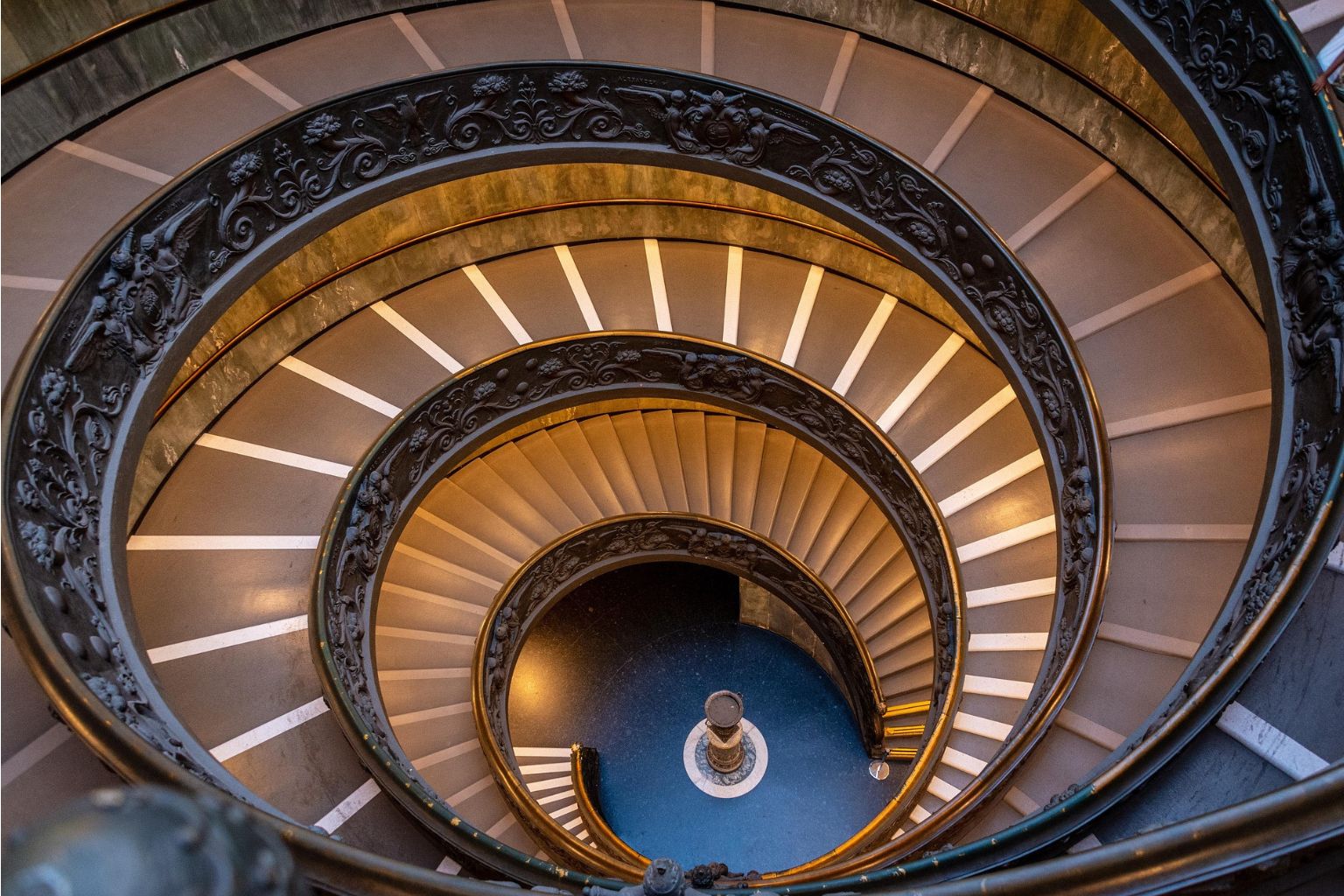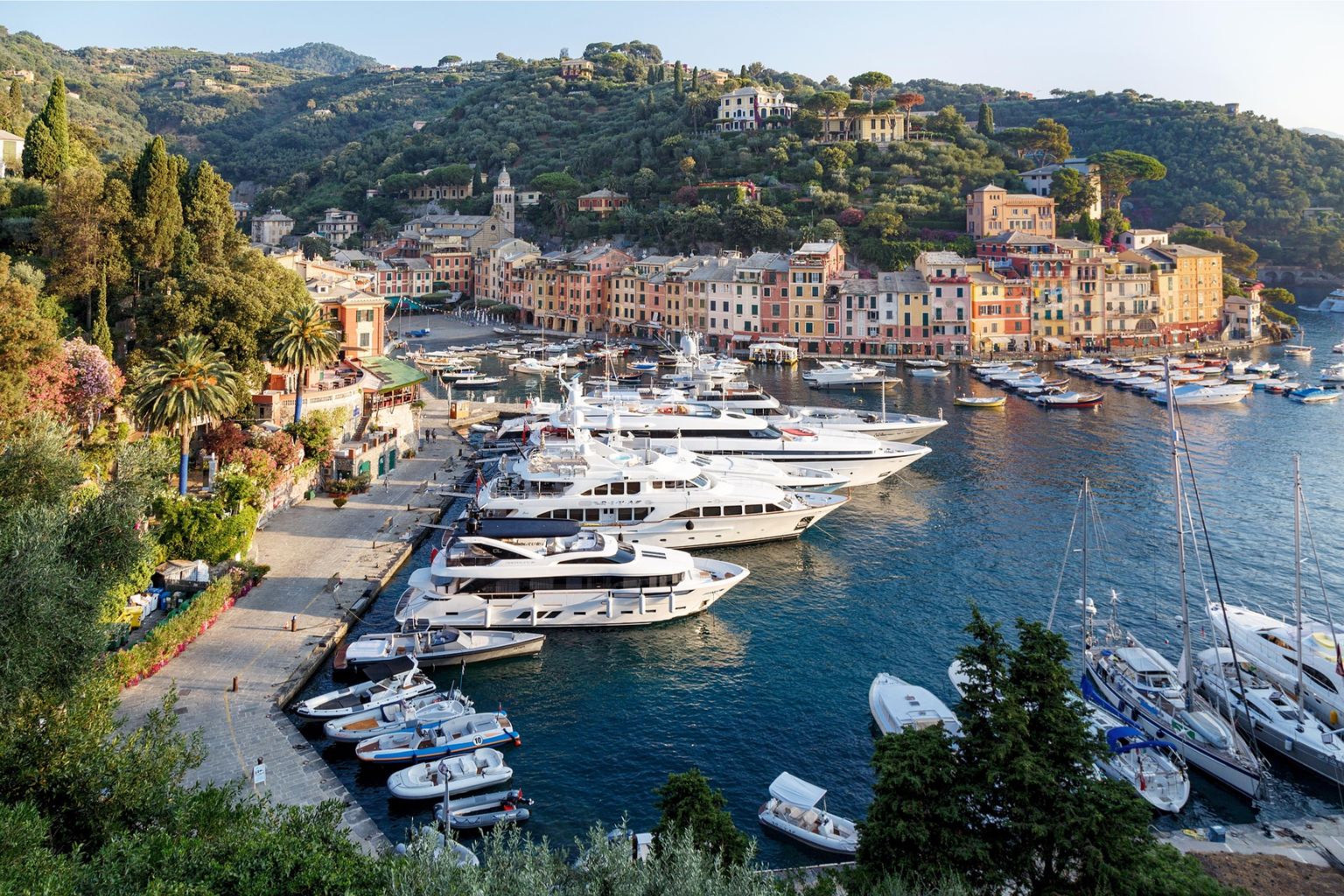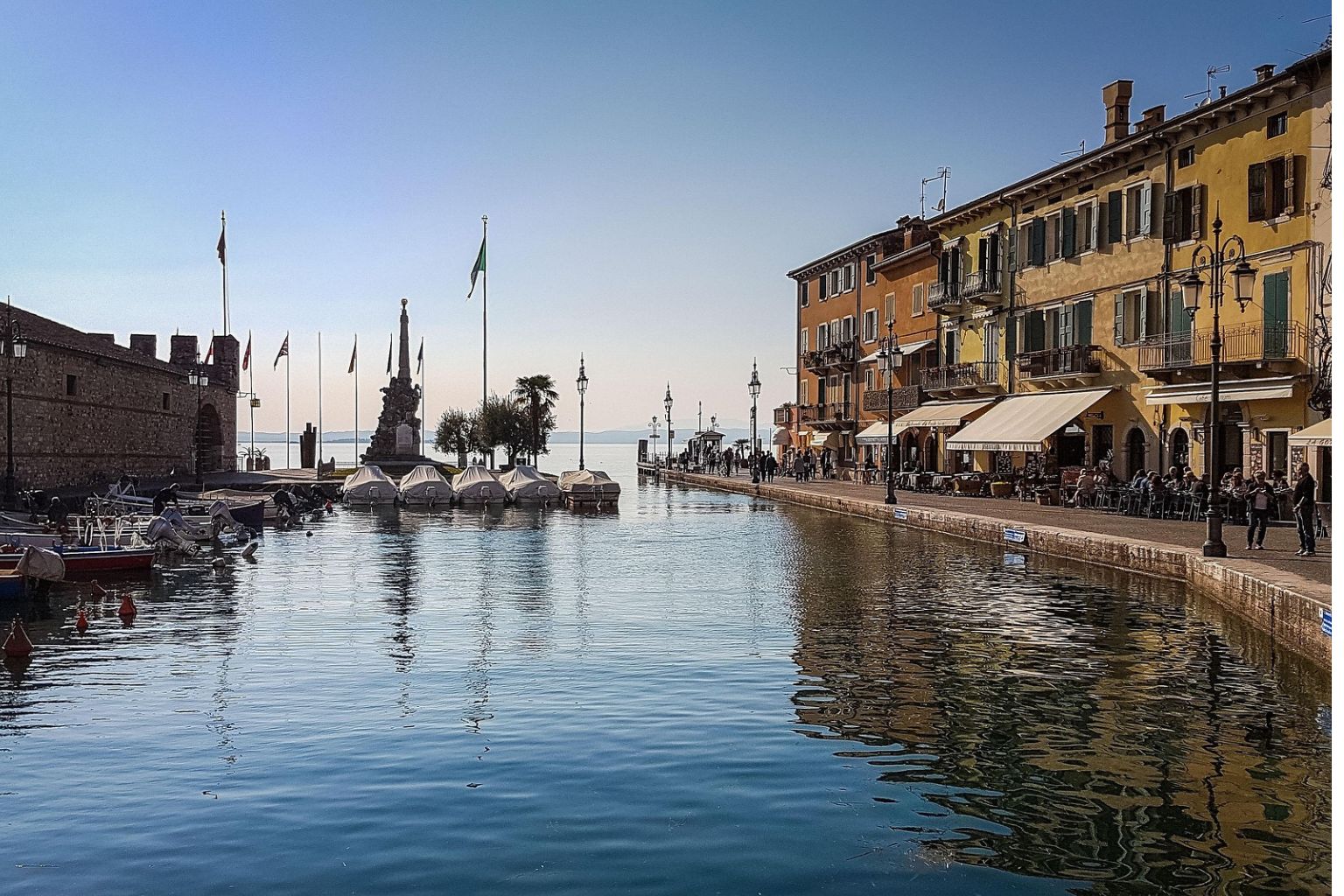
Traveling with Hermès: Customs, Receipts, and Personal Exemptions
Check out our Hermès collection and Birkin bags!
Traveling with your prized Hermès collection or shopping for luxury goods abroad can feel like navigating a maze of customs regulations and exemption rules.
Whether you’re bringing your beloved Birkin on vacation or coming home with a new Kelly from Paris, knowing the basics of customs declarations can save you time, money, and a whole lot of stress at the border.
The secret to smooth luxury travel? It’s all about having your paperwork in order, being honest, and knowing your personal exemption limits before you even start packing.
We’ve all heard those horror stories: customs seizures, surprise duty bills, and vacations that end up costing way more than planned. But with a bit of preparation and some common sense, you can travel with your luxury goods and stay on the right side of customs.
From keeping receipts organized to squeezing every bit out of your duty-free allowances, here’s what you need to know about crossing borders with high-value items.
Let’s get into some practical strategies so you can protect your investments and actually enjoy your luxury lifestyle without customs drama.
Key Takeaways
- Always declare luxury purchases honestly and keep organized receipts with serial numbers for authentication
- Each family member, including children, is entitled to their own personal exemption
- Carrying original receipts for items you already own helps prevent customs issues
What to Know Before Bringing Hermès Purchases Home
Bringing your Hermès purchases across borders means you’ll need to understand customs declarations, exemption limits, and what paperwork to have ready. Transparency with customs officials and having your receipts handy makes life easier.
Declaring Luxury Purchases at the Border
You have to declare all Hermès purchases that go over your personal exemption limit when you cross the border. Doesn’t matter if you’re wearing it, carrying it, or it’s in your suitcase.
Items you’ll need to declare:
- Birkin and Kelly bags
- Scarves and accessories
- Jewellery and watches
- Pretty much anything you bought abroad
Customs officers value honesty. If you’re upfront, they’re usually more lenient. Try to sneak something through, though, and you’re risking big fines or even losing your goods.
Be prepared to pay duty on declared items. Different materials get different rates: leather bags aren’t taxed the same as exotic skins, for example. If you’re honest, officers tend to calculate duties fairly.
Understanding Personal Exemptions Limits
Canadian residents coming back from international trips get certain duty-free allowances, based on how long they’ve been away. For trips of 48 hours or more, you can bring back $800 CAD worth of stuff, duty-free.
Each family member is entitled to their own exemption:
- Children can claim their own exemption if goods are for their use
- Parents or guardians can declare for children
- Each exemption is claimed separately
A single Hermès bag is usually way over the individual limit. If you buy a Birkin in Paris for $15,000 CAD, you’ll pay duty on about $14,200 after applying your exemption.
You calculate the exemption using the price you paid, minus any VAT refund. Let’s say you paid €10,000 with VAT, but got a 10% refund: your declaration should be based on €9,000.
Preparing Accurate Receipts and Documentation
Having the right paperwork keeps customs simple and duty calculations accurate. You’ll need original receipts for every Hermès purchase, showing item details, price, and purchase date.
What to organize:
- Original store receipts
- VAT refund forms
- Credit card statements
- Photos of items, preferably with timestamps
It helps to make a list of purchases for each family member before you pack. Attach the right receipts to each list and keep everything easy to grab in your carry-on.
For luxury items you already own, bring receipts or dated photos proving you didn’t buy them on this trip. A photo of your old Birkin with your boarding pass works as proof of prior ownership.
Always keep purchases in your carry-on if you can. Customs officers might want to inspect items and check receipts, and honestly, who wants to risk a Birkin in checked luggage?
Navigating Customs Procedures with Hermès and Other Luxury Goods
When you’re coming home from a Hermès shopping spree, it pays to know how border officers assess luxury goods and how duty is calculated.
Role of the Border Services Officer
Border officers know their luxury brands. They’ll spot Hermès boxes and that iconic orange packaging from a mile away.
They also have access to purchase data linked to your passport, especially if you used a credit card or claimed a VAT refund. So, total honesty is a must: they can check your declarations against their records.
Officers will want to know if items are for personal use or for resale. They’ll ask about your shopping and look over your receipts.
If your story doesn’t add up, or you seem nervous, they might search your luggage more thoroughly. Expect questions about what you bought, where, and what you plan to do with it. They may ask to see the actual Hermès items to check authenticity and condition.
Steps for Smooth Customs Clearance
Staying organized before you travel makes customs a lot less stressful. Create detailed lists of purchases by passport number if you’re traveling as a group.
Attach receipts to the lists and make sure each person has the paperwork for their items. This avoids confusion during inspection.
Declare everything you bought abroad: leaving things off just creates problems. Customs can hit you with big penalties for undeclared items.
Keep valuable Hermès pieces in your carry-on. You can put the orange boxes in checked bags, but fill them with clothes to save space.
Have your receipts ready and purchases visible if asked. Being prepared shows you’re cooperating.
If you have luxury bags you already own, it doesn’t hurt to bring the receipts. A new-looking Hermès bag is hard to tell apart from a recent purchase without proof.
Impact of Duty and Taxes on High-Value Items
Personal exemptions can save you a good chunk on luxury buys. Each traveler gets an $800 CAD duty-free allowance that’s applied to the total purchase first.
Duty rates on luxury handbags usually run from 3% to 12% of the price after exemptions. The exact rate depends on the item and how the officer classifies it.
Families traveling together can each claim their own exemptions, which really helps with expensive items like Kelly or Birkin bags.
How you pay depends on where you cross: some borders want payment on the spot, others might send a bill.
Even with duties, international Hermès purchases can be a deal. For example, a Kelly bought in Paris for €7,400 with a 10% VAT refund and 3.5% duty still comes out about 35% cheaper than buying in Canada.
Having your paperwork in order speeds up the whole process. Officers appreciate travelers who keep things organized: it makes everyone’s life easier.
Personal Exemptions Explained: What You Can Bring Back
Personal exemption limits decide how much you can bring back duty-free, and it all hinges on how long you were away and how you value your items for customs.
48-Hour and 7-Day Exemption Scenarios
If you’re shopping Hermès in Paris, the timing of your return matters. After 48 hours outside Canada, you get an $800 exemption.
That means a Birkin charm or scarf under $800 is covered. The 48-hour rule is strict: officers count every hour.
For trips over seven days, the exemption is still $800. Exemptions are claimed per qualifying trip.
Timing breakdown:
- 48+ hours: $800 exemption
- 7+ days: $800 exemption (still $800)
- Multiple trips: Each qualifying absence gets its exemption
Items have to be for personal or household use. Gifts for yourself or family are fine, but anything for resale isn’t covered by the personal exemption.
Valuation and Grouping of Items
You need to declare the actual purchase price of your Hermès pieces, not resale value or what you think they’re worth. Those Avenue George V receipts are your best friend.
Currency conversion uses the rate from the date you bought the item. So, if you bought a €3,000 Kelly, convert it to CAD using that day’s exchange rate.
Valuation rules:
- Use the original price paid
- Convert currency at the purchase date’s rate
- Include all taxes paid abroad
- Total value of all goods together
If you go over your exemption, you only pay duty on the extra. So, if your bag is $1,200 and the exemption is $800, you pay on $400.
Small Hermès accessories can be declared as part of your total. Each scarf, belt, or piece of jewellery is counted in the overall value, not bundled separately.
Luxury Shopping and Duty-Free: Maximizing Your Allowances
Savvy luxury shoppers know that duty-free purchases can bring real savings, and smart gift planning helps you stretch your personal exemptions across trips.
Using Duty-Free Shops for Savings
Duty-free shops can be a goldmine for luxury deals, but you’ve got to be picky. Premium spirits, designer fragrances, and accessories usually give you the most bang for your buck in these tax-free spots.
Best Duty-Free Categories:
- Premium spirits and champagne (25-30% off)
- Designer fragrances and beauty sets
- Swiss watches and jewelry
- Limited edition travel exclusives
Some airport duty-free shops have exclusive Hermès fragrances and collections you won’t find elsewhere. In our experience, places like Dubai International and Singapore Changi airports have especially great luxury selections.
Do your homework on prices at home before you travel. Items with high domestic taxes usually offer the biggest savings. Not everything at duty-free is a deal: electronics and fashion can be about the same as regular retail.
Combining Gifts and Purchases Strategically
You can get more out of your allowances by buying luxury items as gifts for family. Gifts count toward your personal exemption limits.
Gift planning tips:
- Buy one Hermès item for yourself
- Get another as a gift for family
- Declare everything honestly within your exemptions
- Space out purchases across multiple trips if you can
Gift exemptions when sending are up to $60 CAD per gift, but when returning, they count in your personal exemption. If you buy multiple small luxury items as gifts for family, they contribute to your total exemption value.
Keep all receipts and declarations clear. Customs likes transparency, and good paperwork makes things go smoother when you’re carrying a few luxury pieces home.
Bringing Cigarettes, Alcohol, and Tobacco Products
With all the focus on luxury goods, it’s easy to forget the basics like tobacco and alcohol limits. Canadian customs sets specific allowances for cigarettes (200), cigars (50), and alcohol when you’ve been away 48 hours or more.
Tobacco Product Limits: Cigarettes, Cigars, and More
You can bring back 200 cigarettes and 50 cigars duty-free after 48 hours outside Canada. Whether you’re coming from Paris with a Birkin or Dubai with a pile of shopping bags, the same rules apply.
Don’t forget: Tobacco products must be stamped "duty paid Canada droit acquitté" for the exemption. You’ll see this on stuff from duty-free shops.
The minimum age is 18 years for all tobacco products. No exceptions, even if you’re carrying a $50,000 bag.
| Product Type | Duty-Free Amount |
|---|---|
| Cigarettes | 200 cigarettes |
| Cigars | 50 cigars |
Go over these limits, and you’ll pay duty and taxes on the extra. The rules are the same, no matter how many shopping bags you’ve got.
Alcoholic Beverages Allowance
You get to pick one of three alcoholic beverage options when you return to Canada. It’s about your preference, not your shopping budget.
The allowance: up to 1.5 litres of wine (about two bottles), up to 1.14 litres of spirits (one big bottle), or up to 8.5 litres of beer (roughly 24 cans).
Minimum age depends on where you enter Canada: 18 in Alberta, Manitoba, and Quebec; 19 everywhere else.
Wine coolers count as wine, beer coolers as beer. Just stay within your province’s liquor limits.
Special Rules: Tobacco Sticks and Manufactured Tobacco
Tobacco sticks and manufactured tobacco have their own allowances: 200 tobacco sticks and 200 grams of manufactured tobacco duty-free.
These need the "duty paid Canada droit acquitté" stamp too. No stamp? Special duty rates apply, even within your exemption.
Unstamped tobacco products are capped at five units max. One unit is 200 cigarettes, 50 cigars, 200 grams of tobacco, or 200 tobacco sticks.
You can mix and match tobacco products within your limits. Bringing cigarettes and cigars together? Totally fine: just don’t go over the individual limits.
Handling Excess: When You Go Over Your Exemption
If your Hermès haul is bigger than your exemption, you’ll be charged regular duties, taxes, and any extra provincial or territorial fees. The Canada Border Services Agency calculates these on anything above your duty-free limit.
Duty and Taxes on Surplus Luxury Items
Once we go over our personal exemption limits, every dollar of our luxury purchases gets hit with customs assessments: federal duty and taxes on the extra amount.
For Hermès items, these fees add up fast. A Birkin bag that’s $15,000 CAD over your exemption? You could face duties anywhere from 6.5% to 18%, depending on how customs classifies the leather.
Federal charges usually include:
- Customs duty (rates vary by product)
- GST/HST on the total value (including duty)
- Sometimes anti-dumping duties, depending on materials
We really need those original receipts to prove what we actually paid. If we don’t have proper receipts, border officers might use their own valuation for similar items: and honestly, that’s often higher than what we shelled out.
Here’s a bit of relief: Officers calculate duties based on how much we paid in Canadian dollars, not the current retail price. So if we scored a Kelly at a good exchange rate, we’re only taxed on what came out of our wallet.
Provincial and Territorial Fees at the Border
On top of federal duties, there are provincial or territorial fees when we bring luxury goods into Canada. These charges can vary a lot depending on where we cross the border.
Provincial sales tax (PST) applies in:
- British Columbia: 7%
- Saskatchewan: 6%
- Manitoba: 7%
- Quebec: 9.975%
Some provinces charge PST on the duty-inclusive value, so we end up paying tax on top of tax. It stings, especially if we’re talking about a $10,000 Constance bag.
Ontario, Nova Scotia, New Brunswick, Newfoundland and Labrador, and Prince Edward Island use HST instead of separate GST and PST. Alberta, the territories: Northwest Territories, Nunavut, Yukon: stick with just the federal GST/HST.
Border officers collect these provincial fees right at the border. There’s no option to pay later, so it pays to have enough payment options ready before your luxury shopping trip.
Frequently Asked Questions
Customs with luxury purchases can get confusing: receipts, exemptions, declarations, all that. Here’s what people usually want to know about traveling with high-value Hermès items through Canadian customs.
How do you navigate customs like a pro when you've got your Hermès in tow?
We keep our receipts handy and organized before we even get close to customs. Each family member should have their own list of purchases with receipts attached: makes things so much smoother if someone asks.
Pack items linked to your passport number in your own carry-on. It’s easier for inspection and shows you’re organized.
Not sure if you need to declare something? We always do. Just ask the border officer: they’ll help sort out exemptions and duties, sometimes in ways that work out better than you’d expect.
Got a new Hermès abroad? What's the deal with keeping receipts for Canadian customs?
We always hold onto original receipts for luxury purchases made abroad. Customs officers are sharp: they spot new items quickly and can ask for proof.
Receipts show when and where we bought the item, which matters for duty. Without them, officers might guess the value, and that often means a higher bill.
For anything that might raise eyebrows, having the receipt proves ownership and details. It speeds up customs, no question.
Are there any special exemptions for high-value items like Hermès when travelling?
Nope: there aren’t special exemptions just for luxury brands like Hermès. Our personal exemptions cover the total value of everything we’re bringing back, no matter the brand.
The usual personal exemption rules apply based on how long we’ve been away. Whether it’s a Hermès bag or something else, it all counts toward the same limit.
If we go over, we pay regular duties and taxes on the extra. The “luxury” part doesn’t change the math.
What's the best way to declare your luxe Hermès finds without hassles at the border?
We prep a detailed list of purchases with receipts before we hit customs. For each Hermès piece, include the item description, price, and where you bought it.
Keep receipts in your carry-on, not buried in checked bags. It shows you’re organized and makes the whole process faster.
Be up front about what you paid and when. Customs officers know their stuff, and trying to fudge the numbers just makes things messier.
Ever wonder how frequent flyers manage their Hermès collection through various airports?
We keep records of all luxury purchases, with digital backups of receipts. It helps track what we bought, where, and when: super useful for customs.
Some frequent travelers snap photos of their collection before trips to prove certain items are personal belongings, not new purchases. Saves a lot of explaining at the border.
Each qualifying trip allows you to claim the appropriate exemption, based on the length of absence.
Can personal use luxury items like Hermès bags affect your duty-free allowance?
Your personal exemption covers all eligible goods together, not each item separately. So, if you buy a pricey Hermès bag, it might take up your whole allowance: and then you can't squeeze in anything else.
But if you already owned the Hermès bag before your trip, don't worry: it won't count against your exemption. Only new stuff you pick up abroad goes into the duty-free math.
As long as you're buying for yourself or your household, things like Hermès bags count for exemptions. If you're planning to resell or use them for business, though, that's a different story.

